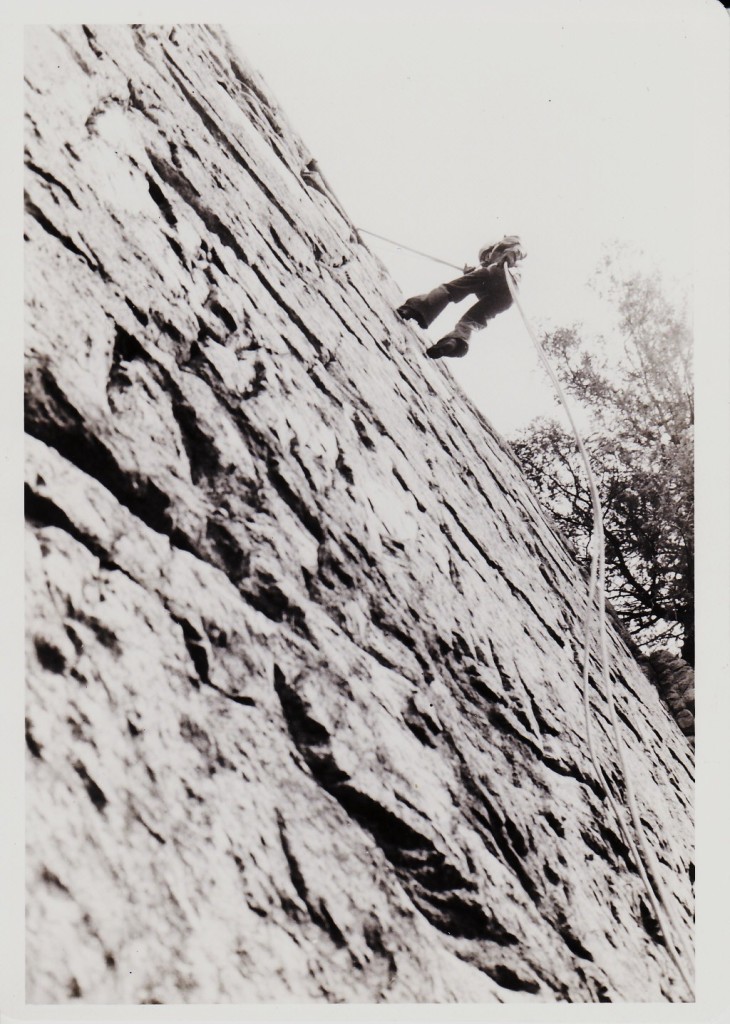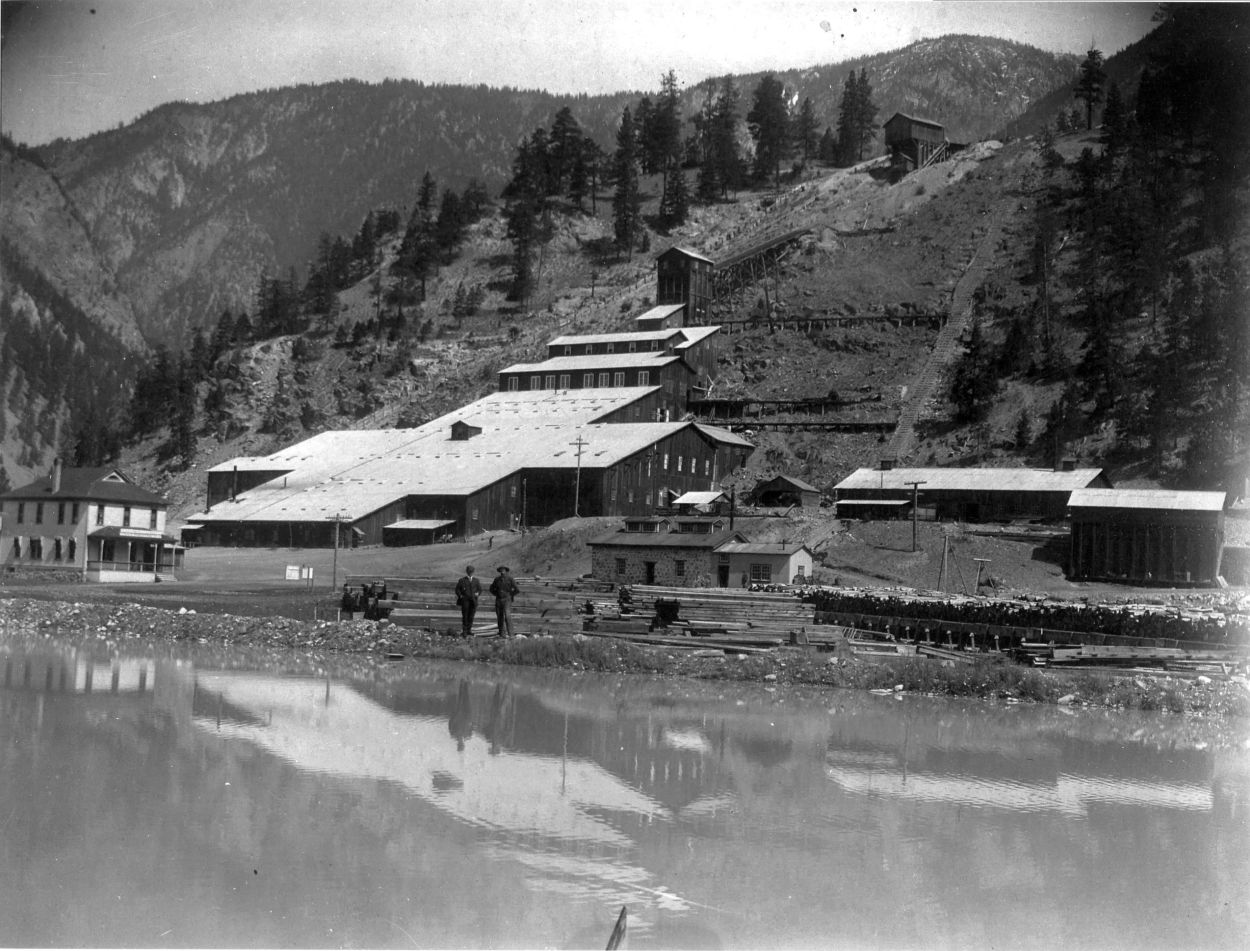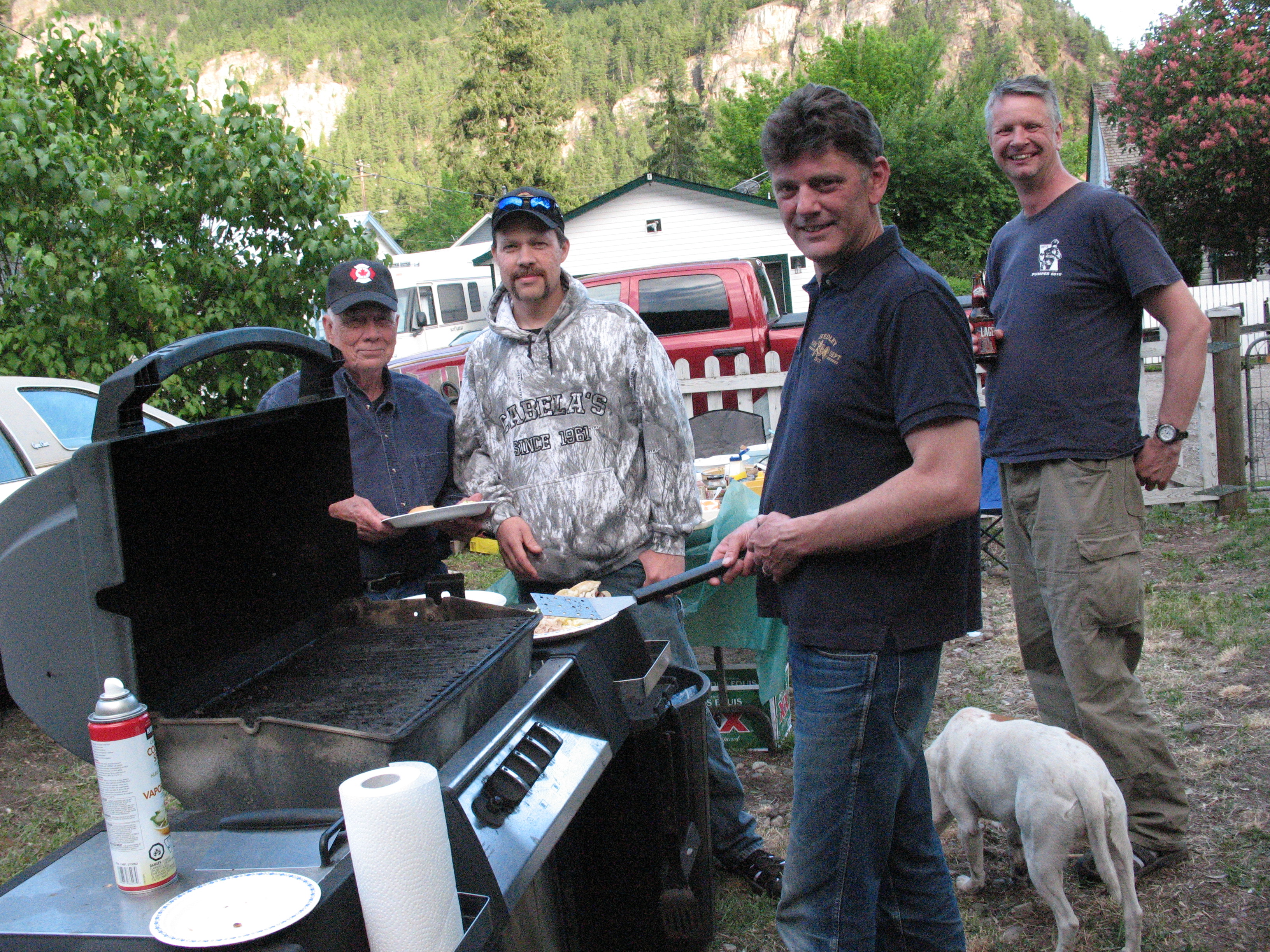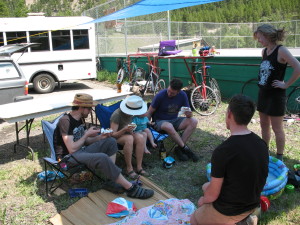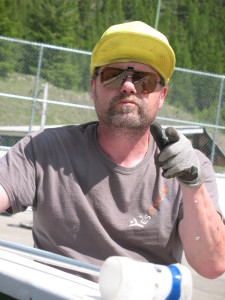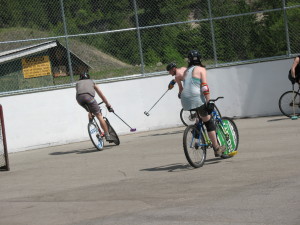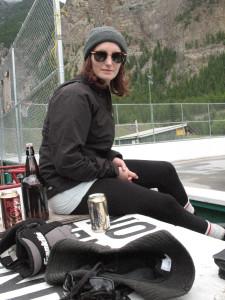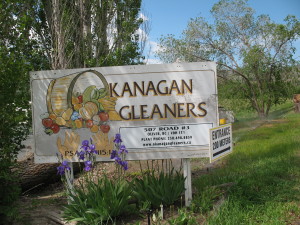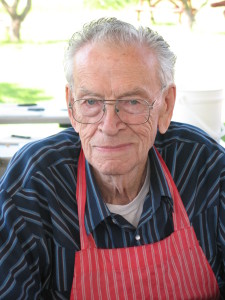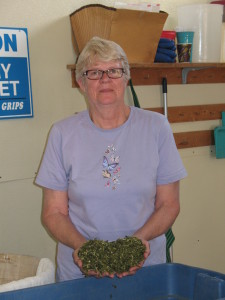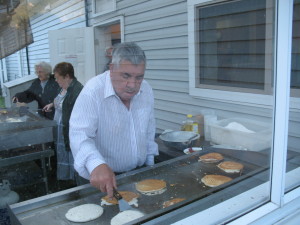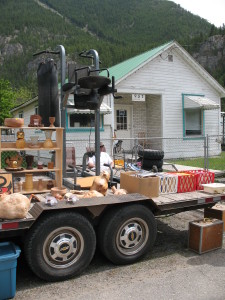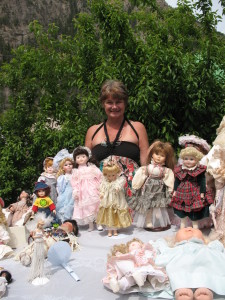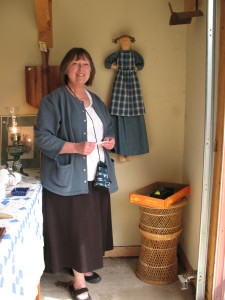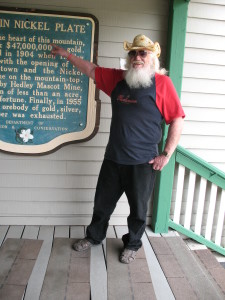I had just been hired by the One Way Adventure Foundation to run a program for Young Offenders. At breakfast in the Colonial Lodge the first day, Beth, a Wilderness Skills instructor, came to my table. “I’m taking three girls rappelling this morning,” she said. “It’s their first time. Len wants you to join us.” I didn’t feel at ease around heights and the reality of what I’d signed up for now set in.
Ten minutes later I reluctantly joined Beth and 3 skittish teenage girls, Vicki, Nancy and Sue, all sent here by a judge, and not feeling any joy about it. Clad in faded jeans, well worn runners and tight blouses, they affected indifference to whatever fate awaited them. These were city girls, now far from their usual familiar haunts where they felt at least somewhat in control of their destiny. Their tanned faces testified of much time on the streets and of more bitter experience than most women twice their age.
Hiding behind a tough, street smart façade, they had always managed to fend off attempts by those in authority to get to know them. By depriving them of their familiar terrain and exposing them to wilderness experience, the OWAF hoped to induce the masks to slip.
Beth, in superb physical condition and imbued with a sense of purpose, strode decisively across a field of dry wild grass. The girls chatted idly about cute boys and wild parties. Bringing up the rear, for them I didn’t exist. In a week I’d be working with youths much like these young girls. I wondered if I’d be able to develop the necessary rapport.
We arrived at a large rock and Beth announced, “last smoke girls.” Each hurriedly produced a plastic bag with thin hand rolled smokes. It was all they could afford on their weekly allowance.
“Beth, where is the rappell site?” Sue asked, trying to conceal her anxiety. She inserted a cigarette between her lips, lit it and inhaled deeply, as though this precious moment might be one of her last ever. In spite of being young and petite, she had already proved to be feisty. She was gifted with a face and figure that attracted the attention of men older than herself.
“There it is,” Beth said, pointing to the top of a sheer rock face.
Silently the 3 girls gazed upward, as though in awe of a new, unfamiliar deity. With the cigarette at the corner of her mouth, Sue muttered something incomprehensible, except to the two girls. They glanced at Beth and laughed nervously. It was then that this clever, edgy girl understood I was also apprehensive. “You’re scared too, huh?” she said. They began including me in their distracted chatter.
“Time to kill your smokes,” Beth said firmly. We proceeded to the top of the cliff, where Beth placed a helmet over Sue’s black hair and created a rope sling to hold her body. This young, rule-testing girl would be the first to battle fear.
With Sue outfitted, Beth said, “step to the edge of the cliff. Art will pay out the rope as you go down. The rope over your shoulder is your brake. Don’t let go of it.”
Sue stepped closer to the edge and looked down at the valley below. She froze. Her previous cool, challenging façade had dissipated.
“Now I want you to lean back,” Beth said patiently.
“Beth,” she protested, “ I don’t think this rope will hold me. I can’t lean back. I’m too scared”.
Putting a hand on her shoulder, Beth spoke with a soothing voice. “Sue, lots of girls your age have done this. Once you lean back and step down, it will get real easy. This will make you strong.”
Sue leaned back slightly and hesitantly placed a foot over the edge, seeking solid rock. “Lean back,” Beth urged. “The rope will hold you.”
With much encouragement, Sue leaned back and made the descent. When she had climbed back up, she was laughing.
It was my turn next, followed by the other two girls. Each of us fully experienced Sue’s reluctance to lean back. It required every ounce of faith we could muster.
That day, by accepting the challenge of rappelling, we became stronger. Also, the chasm that had separated us was gone.

